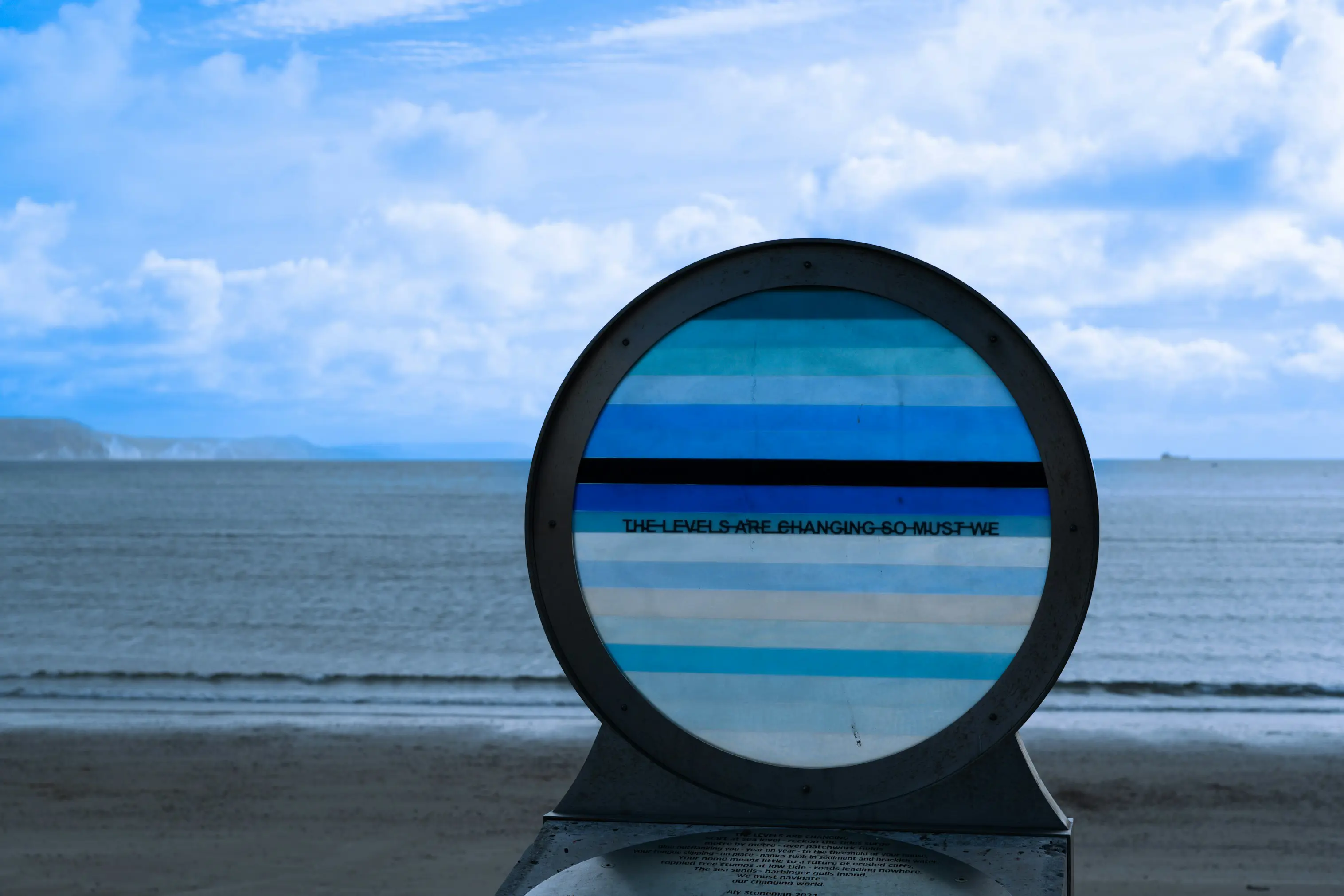Ancient Tides Revealed: Scientists Map 540 Million Years of Sea Level Change

Our coastlines are shifting, but the seas have always moved, just not always in ways we could see. Now, in a first-of-its-kind reconstruction, scientists have mapped the last 540 million years of global sea level change, offering the most detailed view yet of how ancient oceans have ebbed and surged over time.
The research, led by a team at Utrecht University, combines geological data from hundreds of locations around the world to build a new global sea level curve, covering the entire Phanerozoic eon—from the Cambrian explosion to the present.
This new record doesn’t just trace long-term changes, it captures thousand-year-scale fluctuations, revealing a complex dance between tectonic shifts, ice sheet cycles, and climate feedbacks. According to the team, this high-resolution curve offers crucial context for understanding modern sea level rise, and where it might go next.
One of the study’s big revelations is that past sea level highs often exceeded today's by tens of meters, especially during greenhouse climates like the Cretaceous. But unlike today's surge, those rises happened over millions of years, not centuries.
To build the curve, researchers analyzed stratigraphic sequences, focusing on sediment patterns left behind by ancient coastlines. By piecing together these clues from across continents, they created a continuous, global narrative of Earth’s shifting seas.
The implications are vast. Beyond helping climate scientists refine their models, this reconstruction could inform everything from paleogeography and fossil distribution to natural resource exploration.
Lead author Professor Peter Burgess notes that while past sea levels were often higher, the speed of today’s change is unmatched in the geologic record. “We’re now rising at a rate that would have been geologically shocking,” he says.
With the new curve available to researchers worldwide, it’s not just a look backward, it’s a tool for the future.
Because when it comes to understanding the oceans, the past is never truly gone, it’s just buried under the next wave.